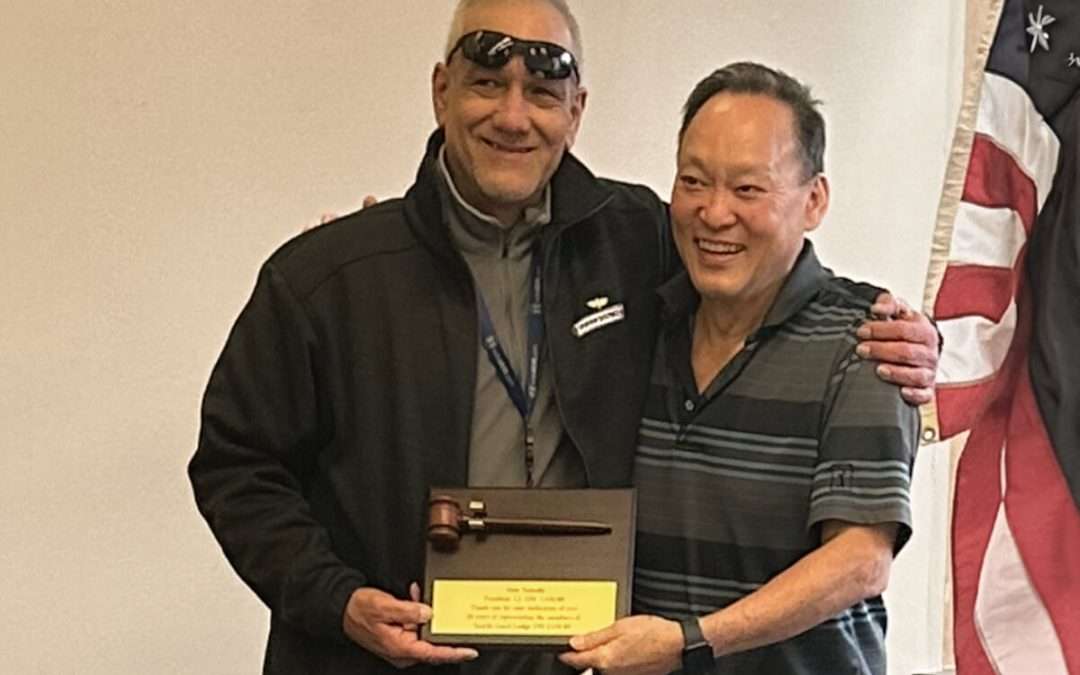
by Eric Price | Jan 17, 2024 | Featured News, Front Page, Perusals, Recent News, Recent News, Row 2
Al Yamada: A Legacy of Leadership and Dedication at SEA Al Yamada: A Legacy of Leadership and Dedication at SEA IAM141.org 17 January 2024 SEATTLE — Ask anyone at Local 1351 in Seattle, and they will struggle to remember a time when Al Yamada wasn’t...
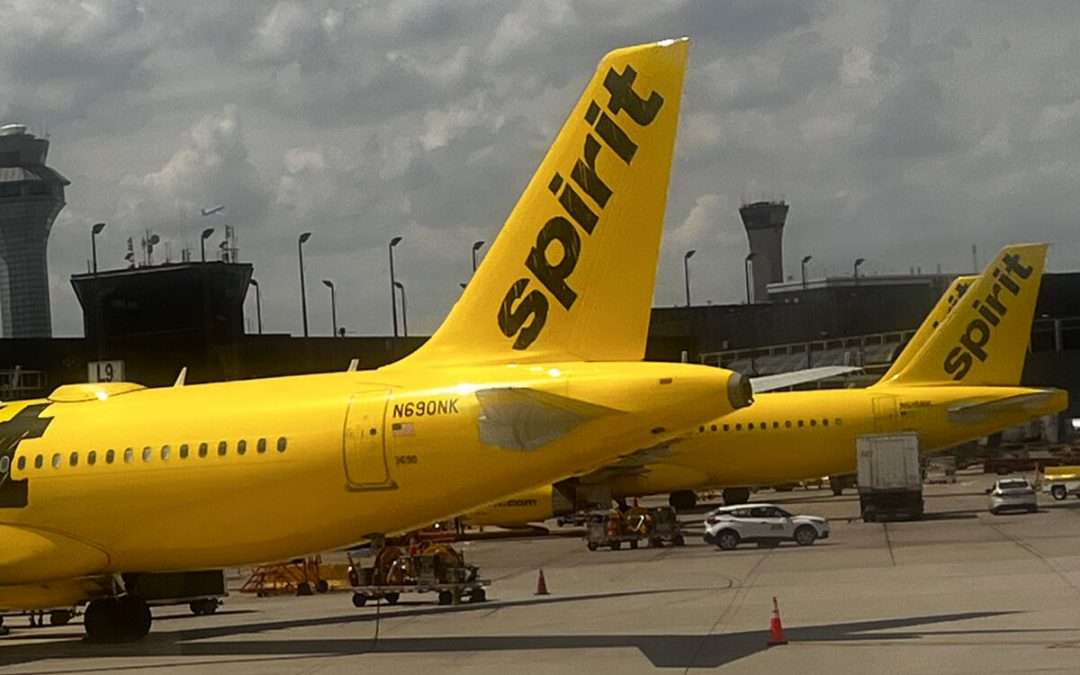
by Eric Price | Jan 16, 2024 | Featured News, Front Page, JetBlue, MNPL, Perusals, Recent News, Row 2, Spirit, Transportation Territory, Uncategorized
Federal Judge Slaps Down JetBlue-Spirit Merger, Citing Competition Concerns Federal Judge Slaps Down JetBlue-Spirit Merger, Citing Competition Concerns IAM141.org 16 January 2024 U.S. District Judge William Young blocked the $3.8 billion attempt by Jetblue to purchase...
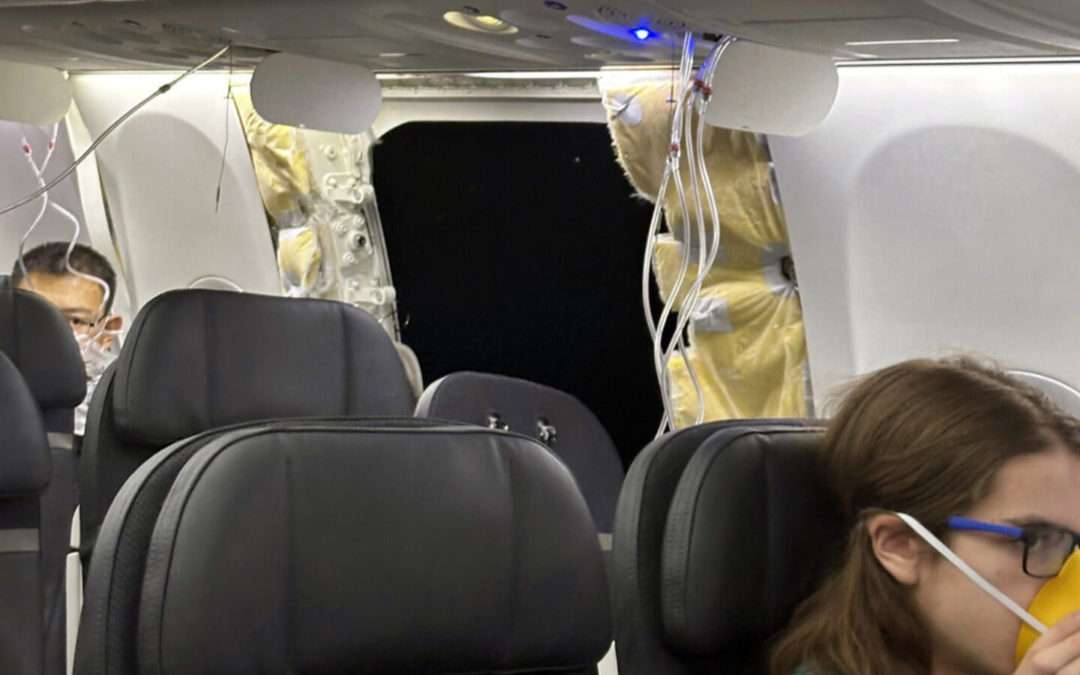
by Eric Price | Jan 9, 2024 | Featured, Featured News, Front Page, Recent News, Row 2, Safety, Uncategorized
Transcript: Alaska Airlines Pilot Calm Under Depressure Transcript: Alaska Airlines Pilot Calm Under Depressure IAM141.org 9 January 2024 The pilot flying the Alaska Airlines flight from Portland to Seattle last Friday is getting noticed for her super-chill handling a...
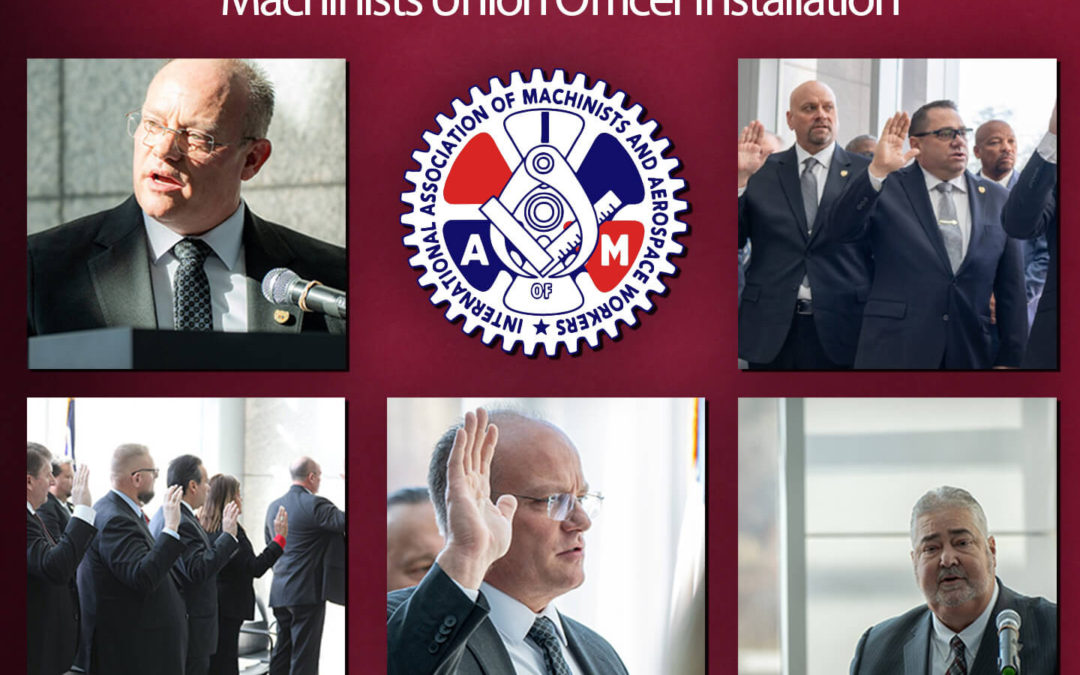
by Eric Price | Jan 8, 2024 | Featured, Featured News, Front Page, Row 2
New International President Bryant Sworn In New International President Bryant Sworn In IAM141.org 8 January 2024 As the new year of 2024 opens, so does a new chapter in the 135-year history of the IAM. Members of the IAM Executive Council on Friday, Jan. 5 took part...
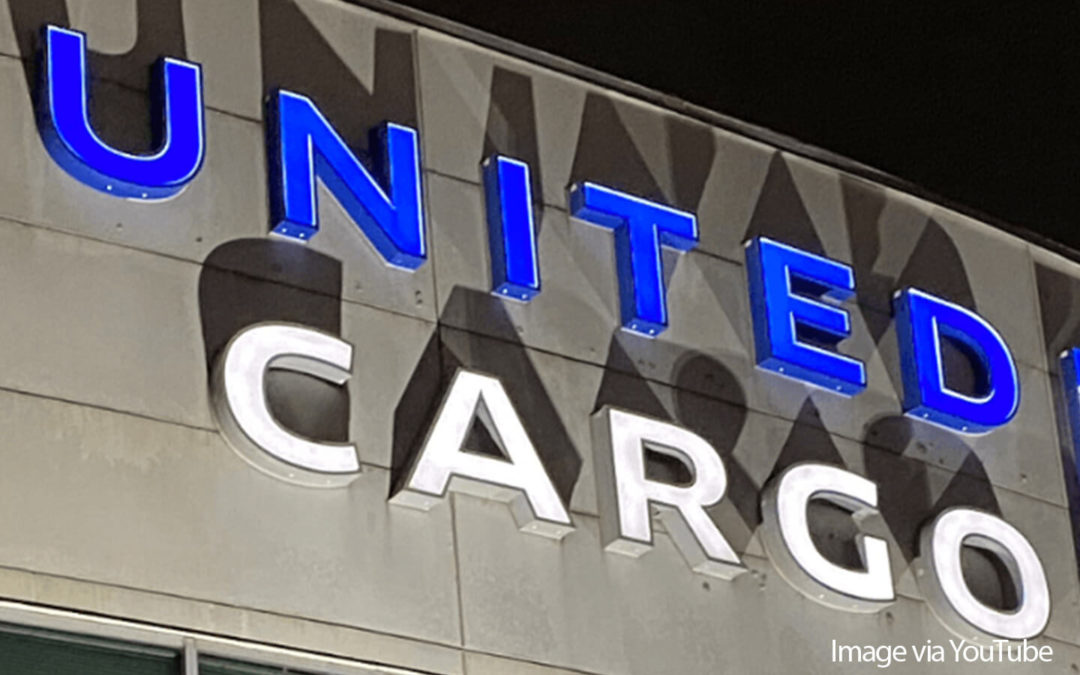
by Eric Price | Dec 18, 2023 | Front Page, Row 2, SMX Cargo, Uncategorized
SMX Cargo Contract Negotiations Update 18 December 2023 IAM District 141-SMX Cargo Negotiations Update Your District Lodge 141 negotiating team met with SM Cargo management negotiators this past week in Chicago. Talks continued to flow in a positive direction....






